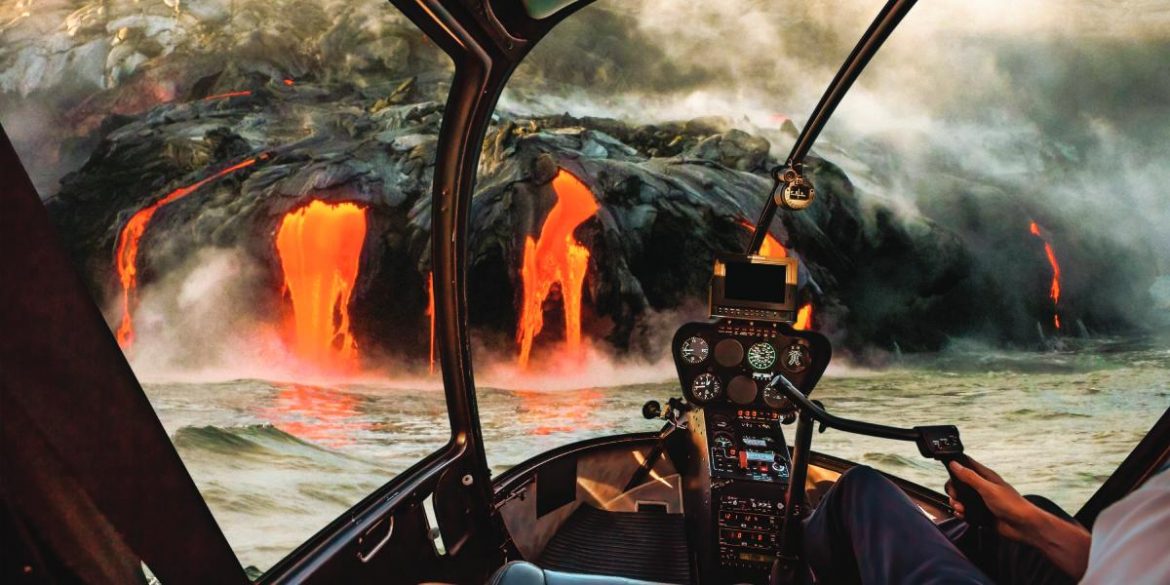At Hawaii Volcanoes National Park, you can wander through lush rainforests or hike on volcanic rock.
Now, more than ever before, people want to experience the natural beauty of America’s National Parks. They’re gorgeous, rejuvenating, exciting, calming, and full of adventure. Not to mention the fact that numerous studies show that being out in nature is good for both your physical and mental health. So, with people everywhere looking to the great outdoors as a wonderful vacation option to enjoy with family and freinds, we put together our list of 10 Amazing National Parks in the USA. Pick the one you always wanted to visit, and prepare to be awe inspired by these national treasures.
YOSEMITE NATIONAL PARK (California)
Yosemite is America’s 6th most visited National Park, with over 4 million visitors each year. And it’s no surprise that everyone flocks to this beautiful valley in the Sierra Nevada Mountains. From epic natural rock formations like Half Dome, El Capitan, and Cathedral Peak, to the famous Yosemite Falls, each and every turn you take will guide you to breathtaking views. Aside from the Yosemite Valley, another must-see area is the sub-alpine Toulumne Meadows, which feels so peaceful and still, you’ll think you’re in a dream. The park offers over 750 miles of hiking trails and is a favorite for rock-climbers. Other activities include kayaking, horseback riding, camping, and ranger-guided walks to give you all the insider knowledge about the area, its history, and its animals. Aside from camping, the park also features the Wawona Hotel, a Victorian mountain lodge that was built in 1876 and is now a registered National Historic Landmark. The quaint lodge is the perfect way to experience the park’s history, as well as it’s own. The Wawona was where the movie 36 Hours was filmed and was where famous painter Thomas Hill completed many of his masterpieces.
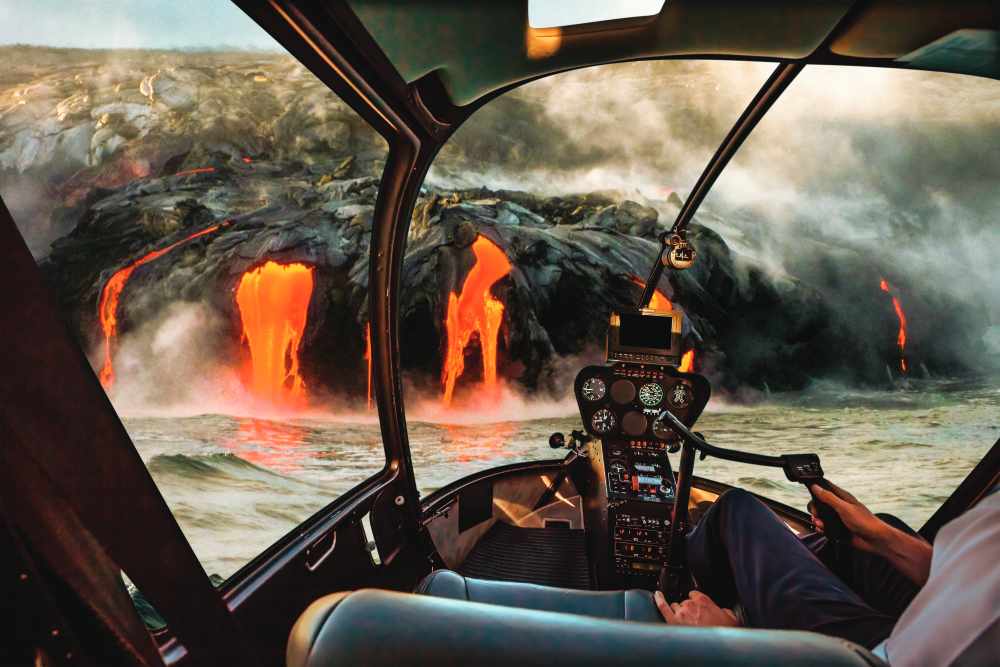
Helicopter View of Hawaii Volcanoes National Park (Photo by Benny Marty)
HAWAII VOLCANOES (Hawaii)
Most people have probably learned that the islands of Hawaii were formed from volcanic eruptions, but what many don’t know is how recent those eruptions were. In fact, to this day, Hawaii is still volcanically active. At Hawaii Volcanoes National Park, you can wander through lush rainforests or hike on volcanic rock. It’s a stunning reminder of how real and active our planet truly is. One of the most popular spots is Nahuku (Thurston Lava Tube) which is a long cavern that was carved out 500 years ago when a river of molten lava flowed underground. Now, you can hike through a piece of Hawaii’s history. Another interesting spot is Ha’akulamanu, the sulfur banks. Here, an underground volcano is still active, and its heat pushes gasses and steam to the surface, breaking through cracks in the ground. Visitors can watch the rising steam, and also see the unique crystal formations the gasses form as they dry. But the true star of the park is the volcano, Kilauea, who’s most recent eruption was in 2018. Hike the rim of the crater, and see steam still rising from the active volcano that is directly beneath your feet!
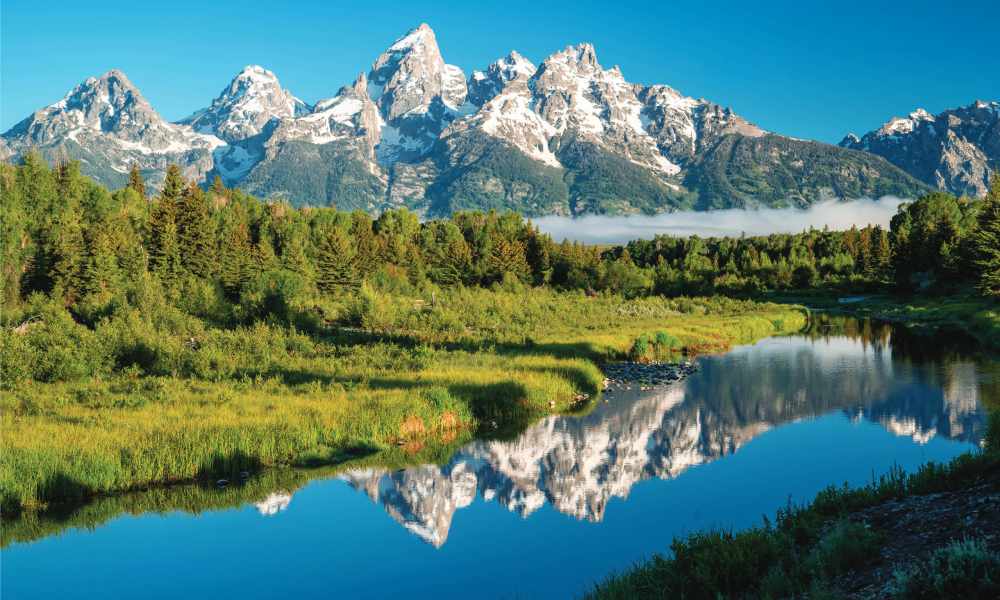
Grand Teton National Park (Photo by Melissamn)
GRAND TETON (Wyoming)
The Teton Range mountains are known for their stunning shape. If you’ve ever seen mountains on a postcard, chances are, they’re the Tetons. Their steep jagged peaks, rising above the meadows of Wyoming, provide such a stark and beautiful contrast that its no wonder adventurers of all types come to the Tetons for an escape. Another fascinating aspect of the Tetons is their abundant animal life. Because the park has flat plains and meadows, combined with the high-altitude mountains, it holds every iconic American animal imaginable, from bison to moose, elk, lynx, black bears, cougars, and wolves, not to mention it’s one of the last places in the lower 48 that still has the grizzly bear. Aside from land animals, the Tetons are a fisherman’s paradise, with the crystal-clear lakes and streams providing an excellent source of trout and whitefish.
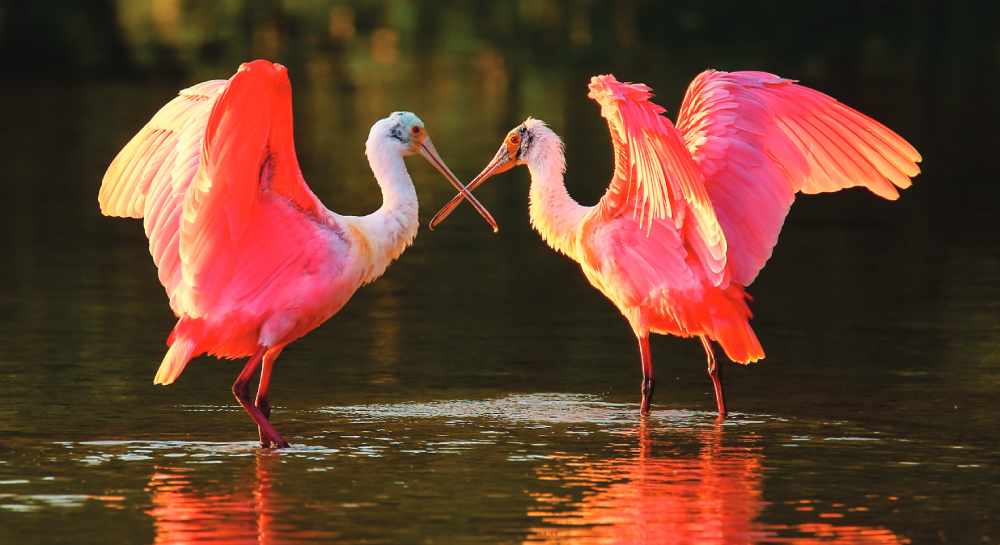
Roseate Spoonbills in the Everglades National Park (Photo by Don Mammoser)
THE EVERGLADES (Florida)
The Everglades is one of the most important ecosystems on earth. The marshes and mangroves help clean the water of toxins, acting like giant filters. It’s one of the reasons why the Florida Keys has such clear water. But aside from its important function of cleaning water, the Everglades is also home to a diverse range of species, some of which are extremely rare. From the sandhill crane, which stands four-feet-tall, to the American alligator, and even the critically endangered Florida panther, the Everglades is a haven for wildlife. When visiting, many people hike the boardwalks, kayak or canoe through the marshy rivers, or speed through the swamps in airboats. For an in-depth look at the park, the Everglades National Park Institute offers guided educational tours that teach visitors about the ecosystem and history of one of America’s most important natural landscapes.
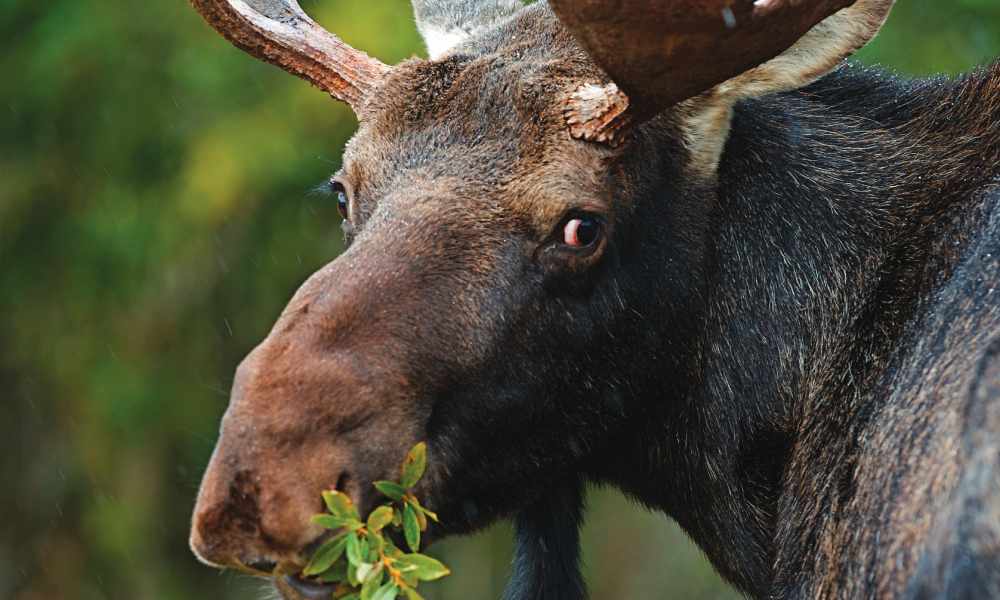
Bull Moose in Rocky Mountain National Park (Photo by Tom Reichner)
ROCKY MOUNTAIN (Colorado)
One of the most beautiful National Parks in the USA is Rocky Mountain. The park’s lowest point is 7,860 feet above sea level, and its highest peak hits 14,259 feet. In fact, the state of Colorado has 58 mountains that top out over 14,000 ft, which are known by climbers as “14ers.” At the park, hiking, mountain biking, and climbing opportunities are at every turn. But there are two unique features at Rocky Mountain that are also worth visiting. First, at the Holzwarth Historic Site, you can learn what it was like to live in the mountains during the pioneer area (hint: it was really tough). And the park’s Beaver Meadows Visitor Center is a must-see since famed architect Frank Lloyd Wright designed it. One of the biggest draws to Rocky Mountain National Park is also its proximity to other places. It’s only about 70 miles from Denver and is right next to mountaintop resort towns like Estes Park, Grand Lake, and Winter Park, so you can hike during the day, and stay in a luxurious lodge at night.
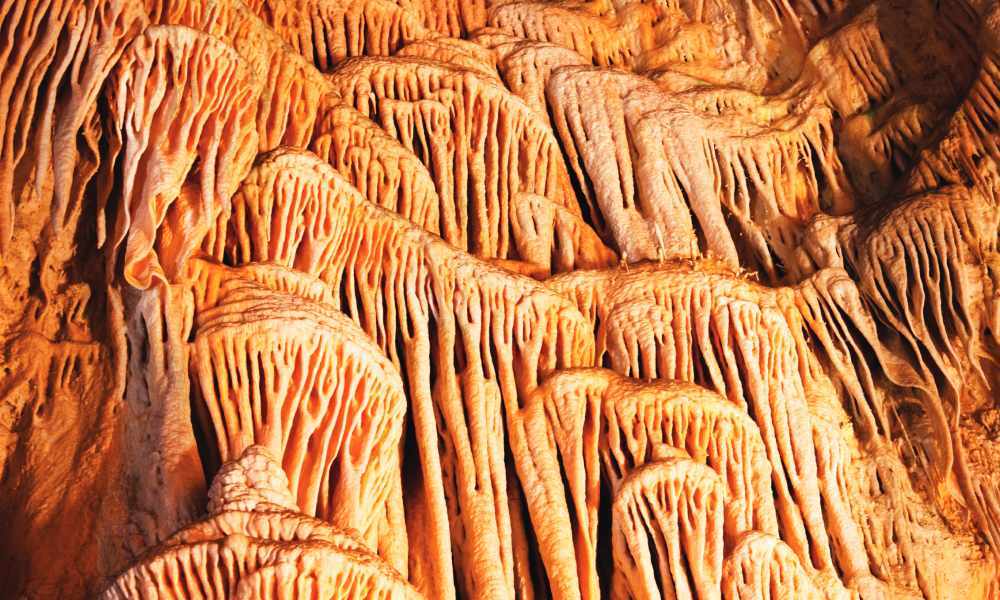
Carlsbad Caverns National Park (Photo by Galyna Andrushko)
CARLSBAD CAVERNS (New Mexico)
Very few National Parks can give you exciting adventures both above and below ground. The main attraction at Carlsbad Caverns is, obviously, the caverns! The main “Big Room” as it’s called, is a giant 4,000-foot-long limestone cavern that’s over 250 ft high. Throughout the cave system, you can see stalactites and stalagmites abound, as well as stunning natural formations in the rock. Hikes go from easy, where you can walk on a paved path, to difficult, where you’ll need hiking boots and knee pads, and will be guided by a ranger. It’s an adrenaline rush you’ll never forget. Above ground becomes its own spectacle at night. At dusk, the park holds viewing parties, where you can watch bats from the cave ascend into the twilight sky. Then, as the sun sets, stargazing becomes the main attraction. With the complete darkness of the desert sky, you’ll see more stars than ever before, along with numerous planets, and even the International Space Station. At dawn, you can also join park rangers to watch the bats descend back into the cave to sleep the day away.
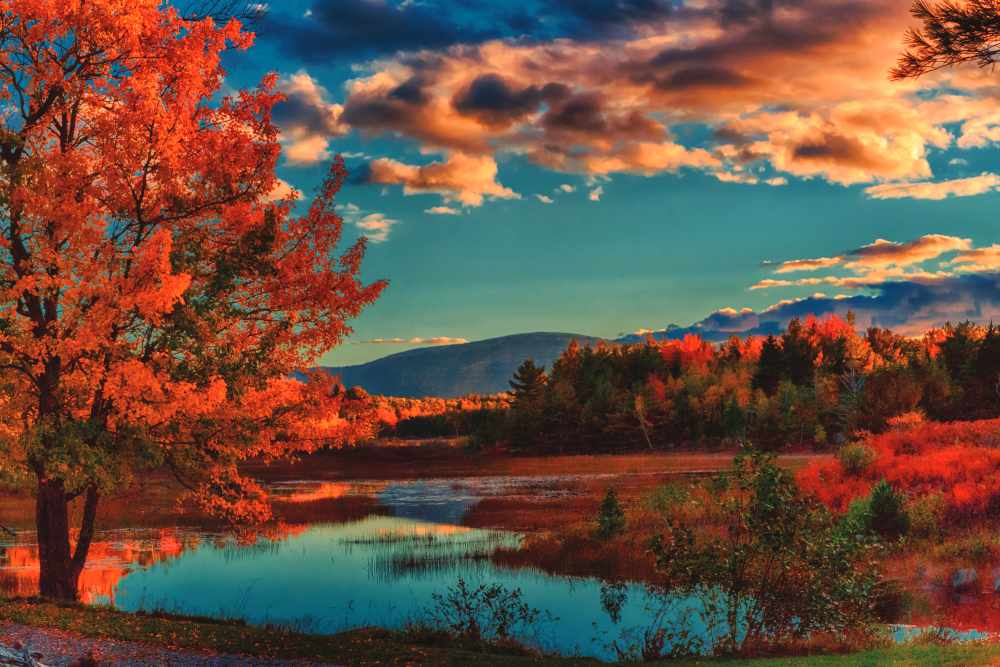
Acadia National Park (Photo by Barbara Barbour)
ACADIA (Maine)
Acadia is the quintessential New England experience. From lighthouses on rocky cliffs overlooking the Atlantic Ocean to humpback whales splashing off the coast, it’s everything you could want from America’s Northeast. The park is great for scenic drives, hiking, and canoeing. It’s also loaded with tidepools. When the tide goes out, small fish, crabs, and snails end up in shallow pools of water, which are great for getting an up-close look at marine life. On land, you can find foxes, white-tailed deer, and if you look closely in rivers and streams, you can even find beavers and otters. But being New England, every local will tell you the same thing: you need to visit during Autumn. Fall foliage in the Northeast is unparalleled, and visitors travel from every corner of the globe to take New England foliage tours, or as New Englanders call them, “Leaf Peepers.”
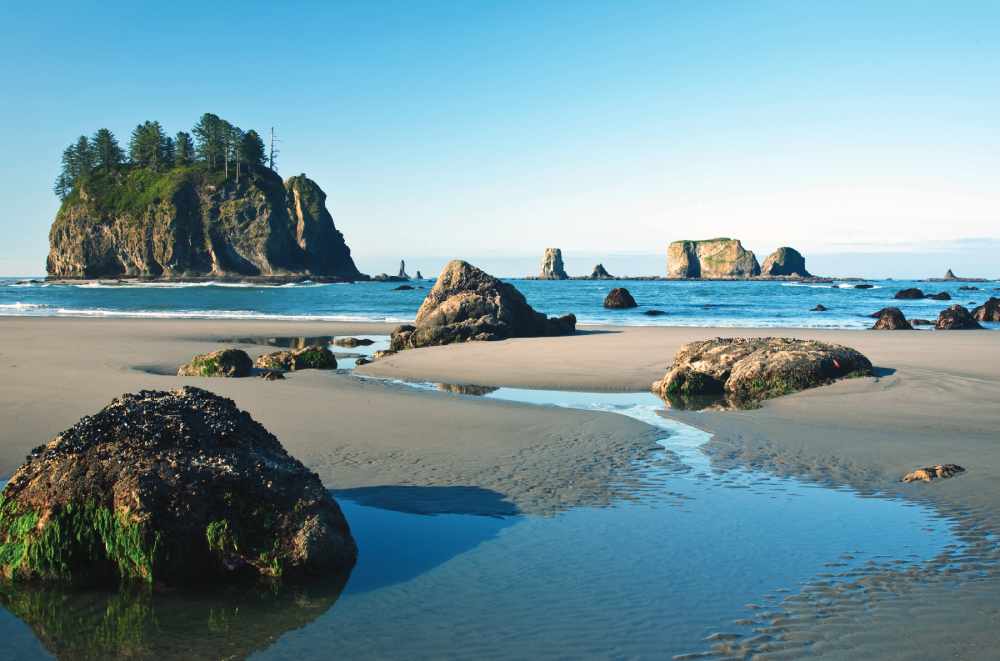
Second Beach in Olympic National Park (Photo by David B. Petersen)
OLYMPIC (Washington)
There isn’t enough time on your entire vacation to see everything Olympic National Park has to offer. The almost three-mile-long Blue Glacier keeps the top of Mount Olympus covered in snow and ice. As you descend from the rocky peaks, you see coniferous trees blending into sloping meadows. If you head westward down the mountains, you’ll wind up in temperate rainforests that receive more than 150 inches of rain per year. Keep going and you’ll find yourself on the Pacific coast, with beaches, tidepools, and whale watching. Finding so many ecosystems in one small place is extremely rare, which is exactly why Olympic was named a World Heritage Site. While visiting Olympic, staying in the park’s Crescent Lake Lodge is not only a charming and rustic experience but also a historical one. In 1937, President Franklin D. Roosevelt stayed at the lodge while investigating a proposal to create a giant National Park to protect the Olympic region. After his visit, he signed the park into existence (and its boundaries now encompassed the lodge.) Today, the lodge is on the list of US Historic Places.
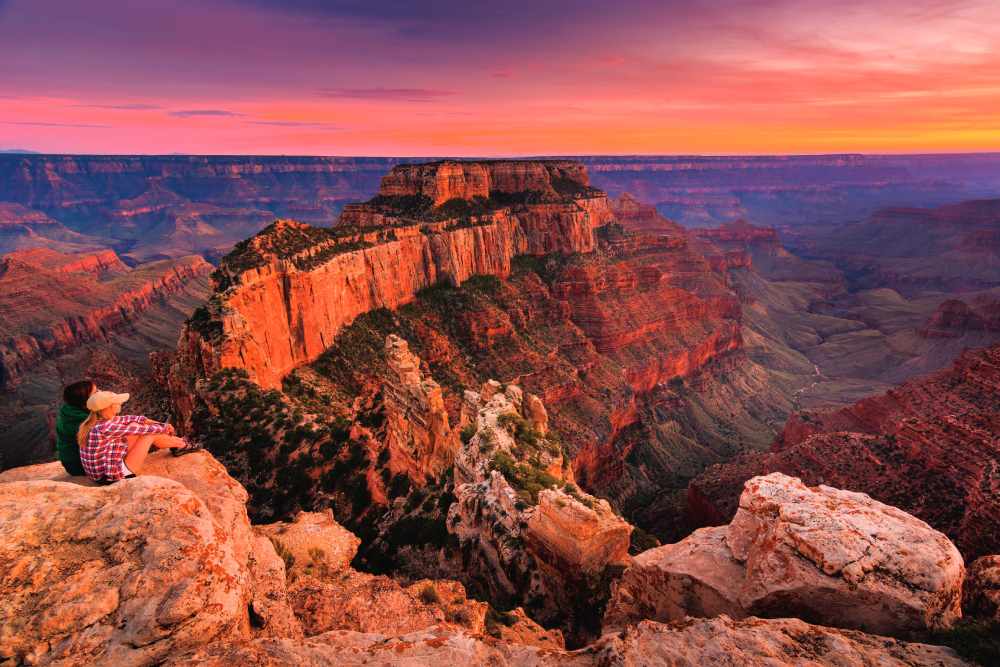
Sunset at North Rim in Grand Canyon National Park (Photo by Pat Tr)
GRAND CANYON (Arizona)
The Grand Canyon was also turned into a park by a Roosevelt, but this time it was Teddy. The park was established in 1919, and quickly became a staple of the American West. Movies like Vacation and Thelma and Louise have been filmed here, and almost 6.5 million people visit each year. It’s no wonder why; the canyon is a giant gorge of the Colorado River that spans an astonishing 277 miles long, and at certain parts, is almost 18 miles wide. The colored rock, roaring rapids, and rugged natural landscape have captured the imaginations of people for over 100 years. A visit to the park wouldn’t be complete without staying in the historic El Tovar Hotel. The lodge was built in 1905 and throughout the years it has hosted celebrities, politicians, and, as some say, its fair share of ghosts. If you’re looking to rough it, Phantom Ranch, a collection of cabins at the bottom of the canyon, is your best bet for Old West living…that is, as long as you’re not afraid of a few snakes and spiders.
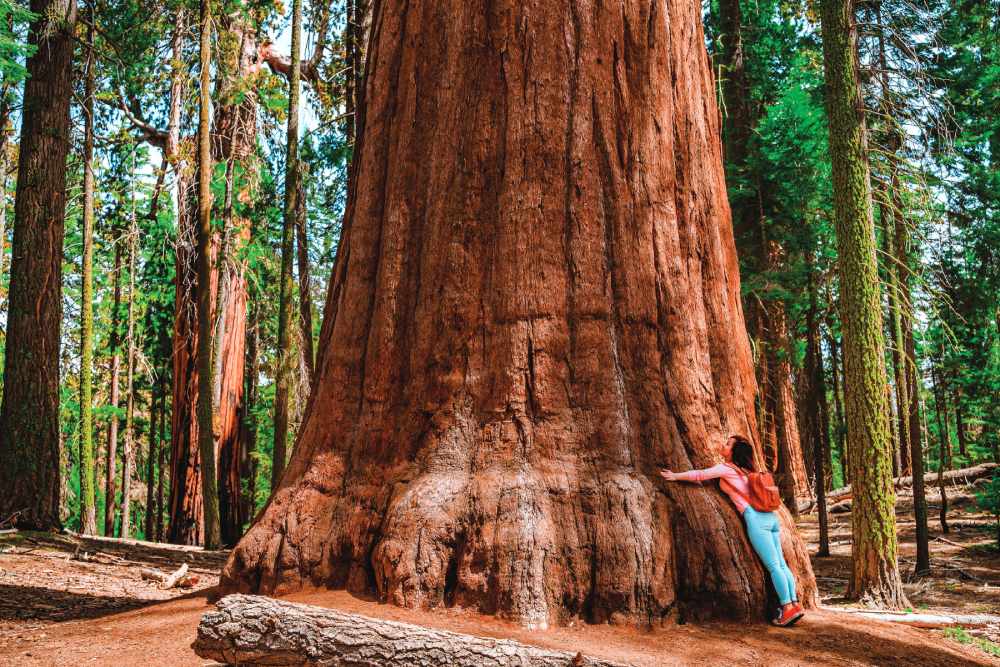
Sequoia National Park (Photo by Ivanova Ksenia)
SEQUOIA (California)
Sequoias are a type of redwood tree in California. Whereas coastal redwoods get taller, they’re also thinner. Sequoias, on the other hand, have the widest trunks of any tree in the world. And one tree inside the Sequoia National Park, named General Sherman, is ranked as the largest single tree in the world. He’s 275 ft. tall and has a volume of 52,500 cubic feet. He’s also old, really old, with an estimated age of about 2,000 years. But General Sherman isn’t the only thing to see at the park. The entire region is full of mountains, valleys, redwoods, and even caves, Crystal Cave being the most notable, but it is only one of 270 known caves in the park. One of the most photogenic opportunities at the park is the tunnel log. Back in 1937, a giant sequoia fell during a storm, right onto the road. The easiest solution, rather than removing the tree, was to simply saw a hole through it so cars could drive through. To this day, it’s one of the park’s most famous attractions.

